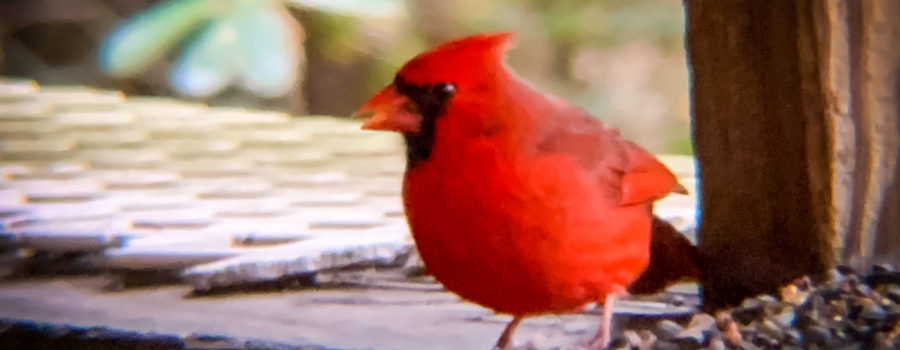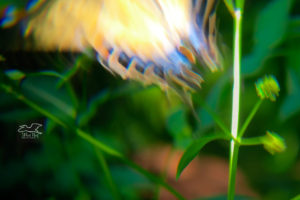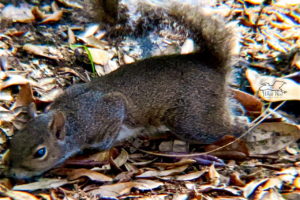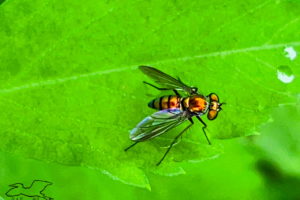Northern Cardinals are Little Birds with Big Personalities

If you live in the eastern half of the United States or Mexico, you are probably at least a little knowledgeable about our little bird for tonight. It is the Northern Cardinal or as they call it down here, the “red bird”. They were called cardinals by the early European settlers to this country due to the bright red feathers of the mature male. Those feathers are almost a perfect match for the red robes of the Catholic cardinals. The male cardinal also has a black mask, a crest, and an orange bill. The mature female looks similar to the male, but her feathers are brown, sometimes with a reddish tint. Juveniles of both sexes resemble the mature female, but they have black beaks instead of the adult orange.

I have always liked birds, and I’ve always enjoyed watching them and feeding them, but I didn’t get into birding until I was in graduate school. One of the first species to go on my life list was the Northern cardinal! Now that I live out in the countryside, I make a point of putting out seeds and suet for the various songbirds and the squirrels. I sometimes get some pretty cool migrants stopping by, but I can always count on my cardinals to be around. Right now, while the days are short I put seed out in the morning before I leave for work, and it’s barely getting light, but Poppa cardinal is always waiting for me. When the time changes I go to feeding in the afternoon when I get home so that I can enjoy watching the visitors while they eat (right now, by the time I get home the seed is gone). Heaven forbid I should, sit on the porch in the spring or summer for a few minutes before I feed. The cardinals will sit in the trees and cuss at me until I get them properly cared for!

Over the years, I have seen a lot of cardinals come and go from my feeders. I suspect that many of them are related to a pair of birds that started coming to my feeder not long after I moved here. Northern cardinals are not a migratory species, so if they find a good food source they will stay in a territory for years. Both sexes, but especially the males, are also highly territorial and they will drive other cardinals away from their food and their mate if at all possible. Cardinals can live for ten to fifteen years in the wild, and can raise 2-3 broods of chicks per year (usually three down here), so one pair can rear 50-60 chicks in a lifetime. Now obviously, not all of those chicks survive and not all adults live a full lifespan, but given those statistics, it makes sense to me that my current cardinals are probably great grandchildren or maybe great great grandchildren of the original pair.

My yard is also an ideal habitat for cardinals. They like to nest in low trees or shrubs that provide cover, but they don’t like super dense vegetation. Even though they eat mainly seeds and fruit, they also like to be able to supplement their diets with insects, and insects actually make up the majority of what they feed the chicks. They like an area where there is plenty of nesting material, too. The female is the main nest builder, and the male gathers the supplies. They make the nest from twigs and leaves and then line it with plant fibers, soft bark, or in my yard, dog hair. During the spring, when the dogs are shedding a lot I brush them and put the hair on the porch. It isn’t long before the cardinals and a couple of other bird species have the pile completely cleared away! Do any of you have bird feeders or feeding stations? What kind of visitors do you get?





Recent Comments